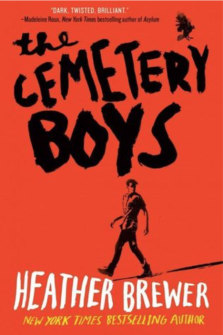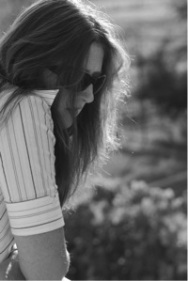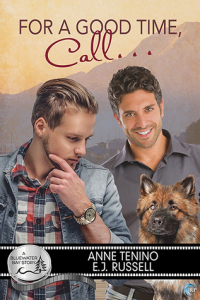We have a complicated relationship with time. I’m not quite sure of the origin, but our culture has taught us to sacrifice the present for the future. We recklessly gamble with a precious resource that exists in an ultimately unknown quantity, while we hedge our bets by racing through today to get to whatever is next. It’s like living within the musical tension of an augmented chord hoping for its eventual resolution back to the major root. While the return to the major chord provides comfort, familiarity and even relief, there can be beauty in the sonic dissonance.
We fixate on the next at the cost of now, until it’s too late.
Dr. Atul Gawande is a surgeon, author and public health researcher. His book, Being Mortal, presents a case to ask the difficult questions to help terminal patients focus on defining good days, rather than merely avoided death in a condition unsuitable to enjoy what remains in life. Acccording to his research, the goal of most patients isn’t to live longer, but to live well.
In his New York Times article, The Best Possible Day, Gawande writes, “I also discovered that the discussions most successful clinicians had with patients involved just a few important questions that often unlocked transformative possibilities: (1) What is their understanding of their health or condition? (2) What are their goals if their health worsens? (3) What are their fears? and (4) What are the trade-offs they are willing to make and not willing to make? These discussions must be repeated over time, because people’s answers change. But people can and should insist that others know and respect their priorities.”
The article continues to describe a personal story about his son’s piano teacher, Peg’s battle with cancer, which was at a seemingly hopeless point. Gawande dug deeper to help her define one good day, which eventually led to her transfer from the hospital to hospice care. Peg wanted to teach her students again. Her hospice nurse created a plan that initially focused on the small goals like bathing and dressing. From there, she adjusted Peg’s medications that would support the goal of achieving her good days and not just staying alive. She continued enthusiastically teaching her students until her death six weeks later.
What does a good day look like? Why don’t we ask ourselves this question more often? If we’ve asked ourselves this question, how well have we answered it? Even with the answer, are we aligning that answer with our approach to each day?
Why couldn’t each day be a good day?
Or resemble aspects of our picture of a good day?
Most of us blindly fill our days with things we have to do, rather than using the defined framework of a good day to architect our experiences. While you don’t have to quit your job or shed any personal responsibility, you could take a look at replacing some of the have to tasks with want to experiences.
My Good DayThe more I think about it, the more simple the answer becomes. It is rooted in my response to a previous exercise to define my personal mission. After talking about doing it for awhile, I sat down on my birthday this year for an hour or so writing about it.
I want to:More specifically …
I want to build strength with Presley.

I want to play music with Merritt.
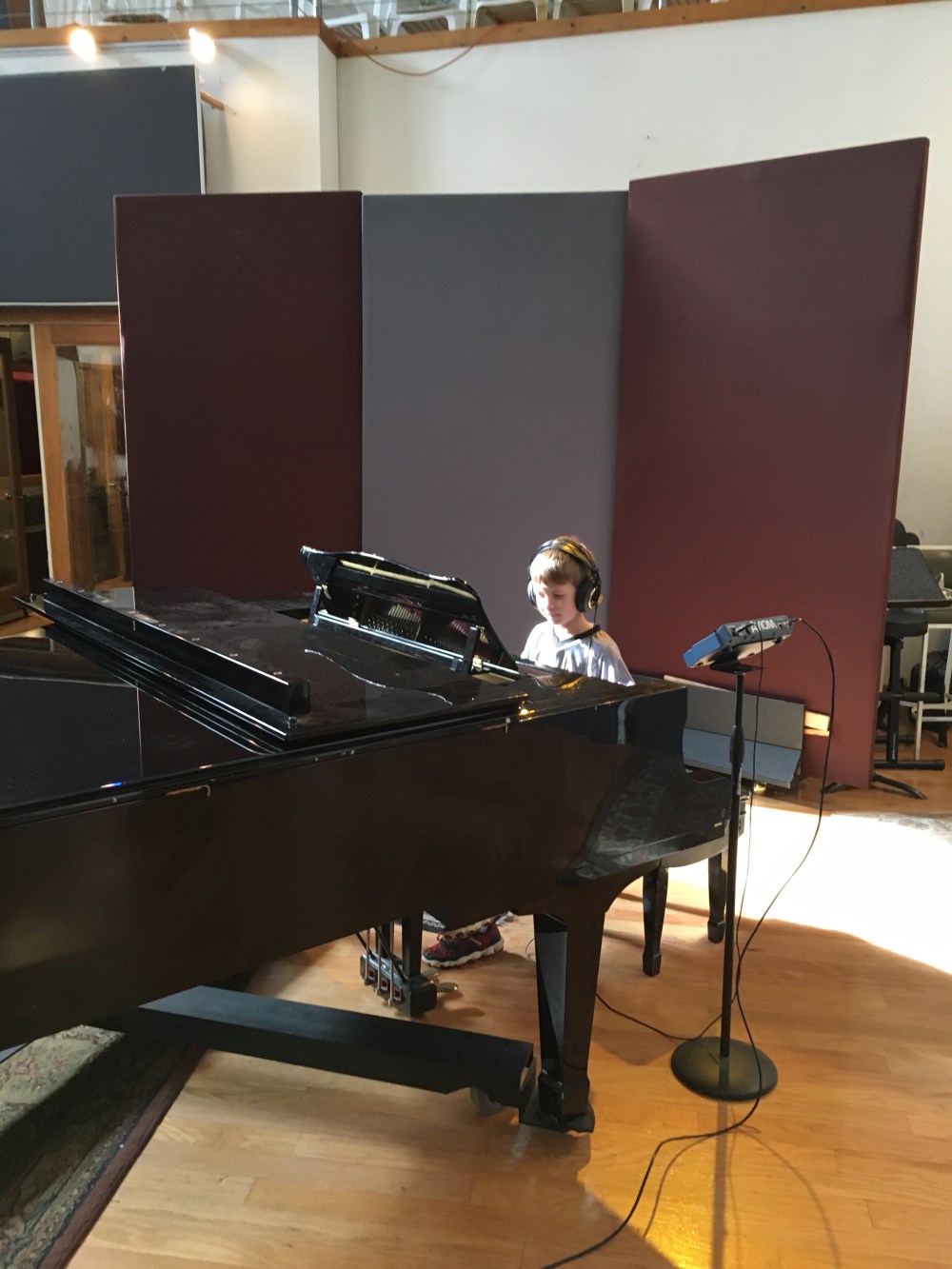
I want to get pulled into Keller’s curiosity of the world.
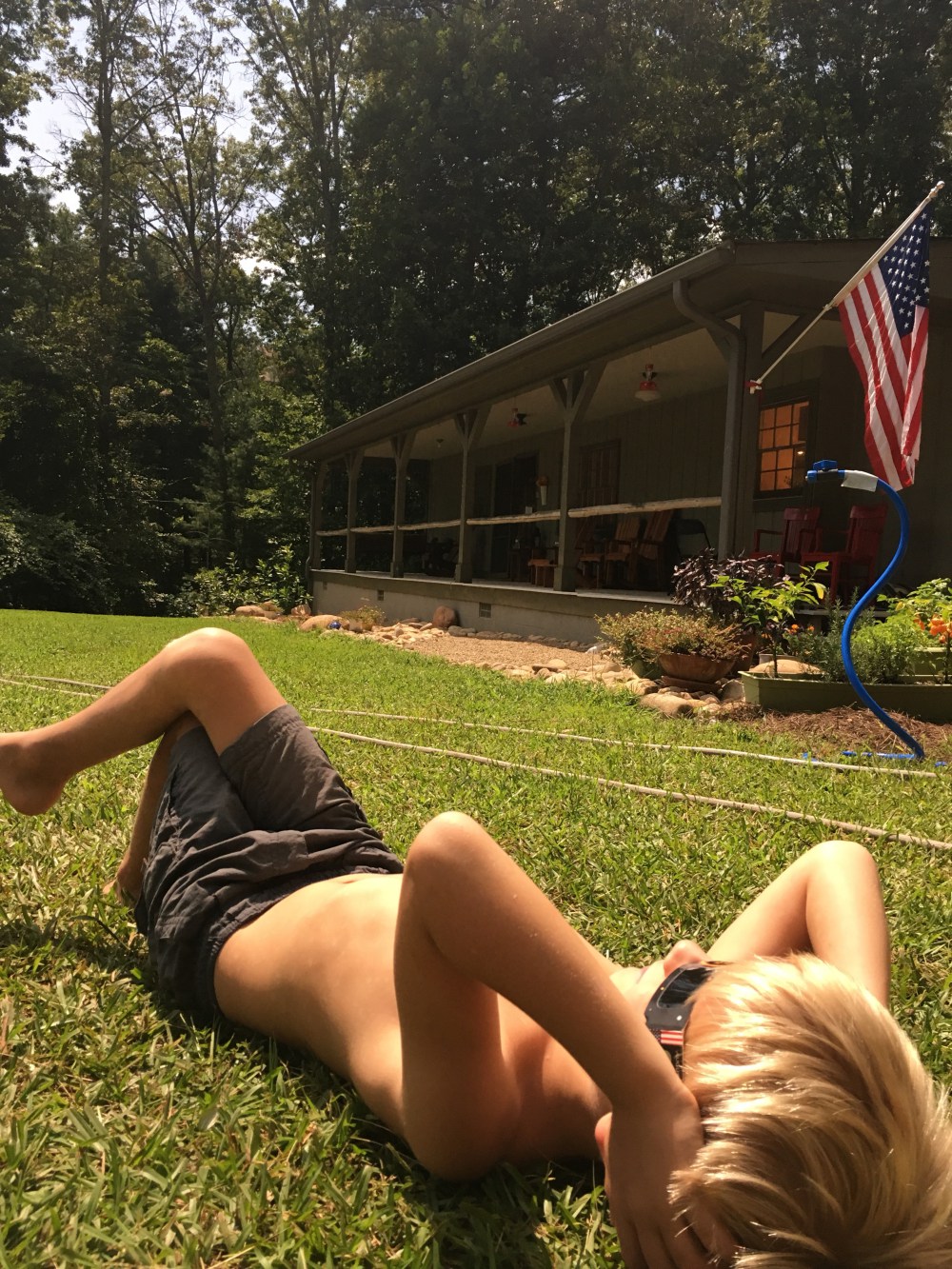
I want to explore with Myer.

I want to share a silent moment and a laugh with Traci.
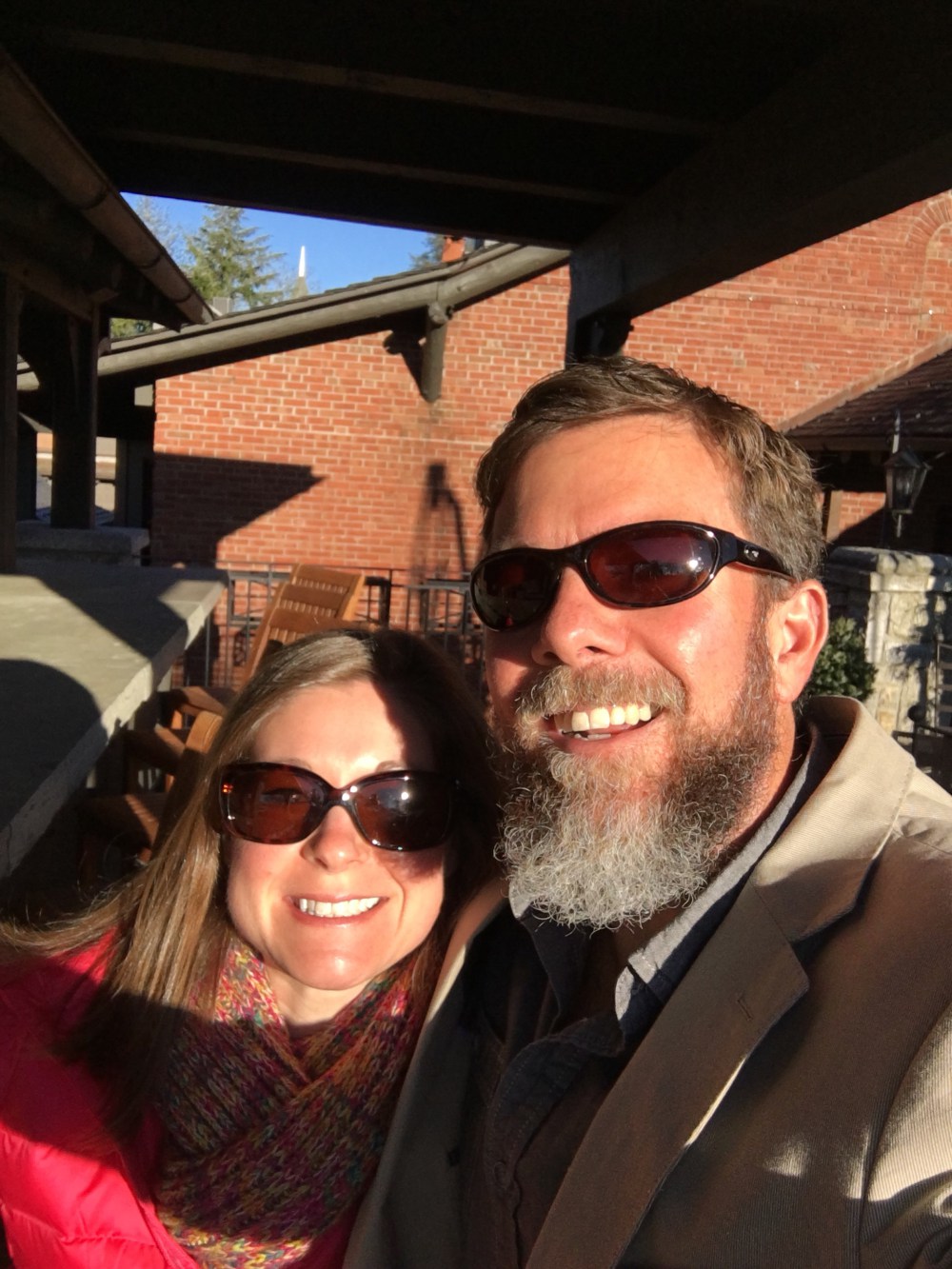
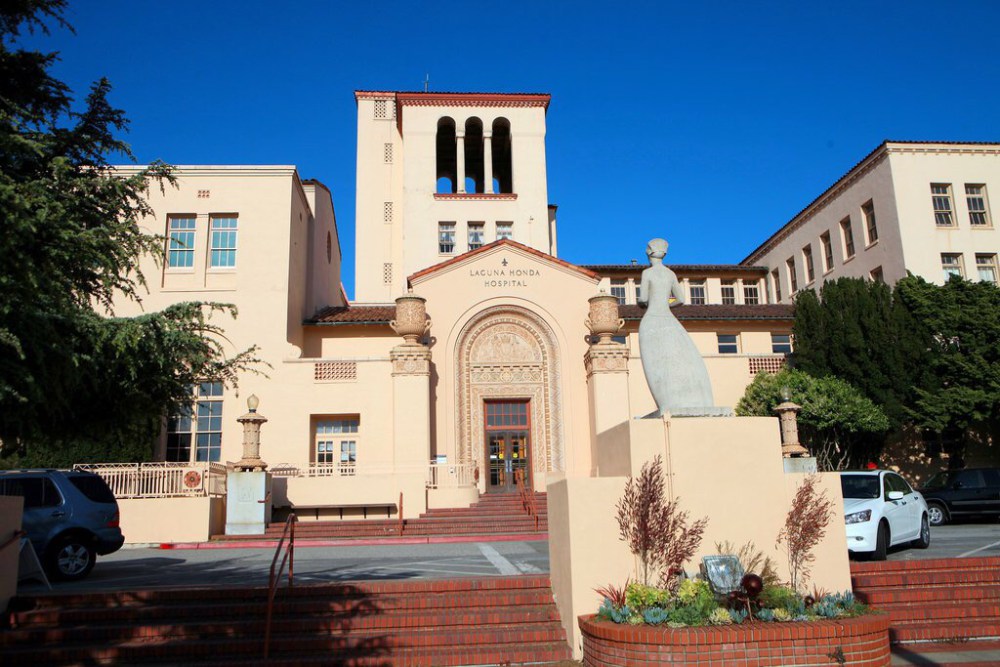
I just finished a book by Dr. Victoria Sweet called God’s Hotel, which is about an almshouse called Laguna Honda Hospital in San Francisco. Dr. Sweet has been a physician there for over twenty years, and she describes a journey built upon 12th century pre-modern medicine, a life of thoughtfully created flexibility and a pilgrimage that frames her ultimate success as a physician.
Dr. Sweet describes the affect of her time on the Camino de Santiago de Compostela, which is a well-traveled group of pilgrimage routes across Spain and France.
“I began to see that a pilgrimage had a rhythm, a dailiness, just like at home. Every day I awoke, ate breakfast and started walking, and things happened. People showed up. Some I liked, some I didn’t. Some I expected to like and did not like; others I expected not to like and did like. I began to see the unexpected – the inattendu, the unwaited for, as the French have it – was the only thing I could expect. One was presented with an experience, a person, whose value one did not know in advance. What seemed to be good might be bad, what seemed to be bad, good. One didn’t know; one had to wait. The waiting to see how it would turn out was what made pilgrimaging different from ordinary life, I began to see. And that year, I learned that I didn’t have to leave it with my last footstep. If I wanted, I could take that kind of waiting home and have my daily life become a kind of pilgrimage.”
The beauty in the unexpected.
The happy accident.
For this, you need present moment awareness.
My friend, Aaron Hill, unfolded an amazing illustration of how present moment awareness can result in unexpected beauty. He described the analogy of walking through a huge and proliferous orchard. Picture a small pathway between the rows of trees with branches leaning down toward the ground as their fruits battle gravity. If you walk through the orchard scattered, unaware and hurried, you will miss the ripe fruit on the trees. With a present mind and openness, you can walk with arms extended and the fruit lands in your hands.
Maybe a good day is just about being present enough to let the world open up to you.
There are infinite possibilities that could be your good day.
This abundance is silent and invisible without awareness.
Listen to and acknowledge the possibilities as they are the basis for your framework.
It can be as simple as making a list that looks like this:
1. Things I love to do.
2. Things I would rather not do.
Spend a little time with yourself. Seek an understanding just as you would with any good friend. We can take Dr. Gawande’s lead and ask ourselves the difficult questions.
Dr. Sweet finds enlightenment in the pure act of sitting.
“Just sitting. Just sitting is not the same as sitting, however. It was sitting, but it was not sitting and doing something – reading or talking – and it wasn’t the just sitting of Zen either, which is a strenuous, focused vacancy. It was, I decided, like the mental state of knitting, but it was most like waiting for a train in Switzerland. I remember that well. Sitting on a bench, with ticket purchased and in your pocket, knowing that the train will arrive on time; there is nothing more to worry about and nothing more to do. The activity of the train station flows around you, and you observe, but not intently, you are aware but not focused. People come and go, there is a hustle and bustle, but it is not your hustle and bustle.”
Just because you can’t smell the fruit, it doesn’t mean you aren’t in the orchard. With some presence, discovery and recalibration, the fruit can be closer than you think. If you silence the noise, you’ll find the answers.
Be in the orchard.
(Remember, it is in your control.)
Have a good day.
Links
The Best Possible Day – Gawande
God’s Hotel – Dr. Victoria Sweet
Share this:



